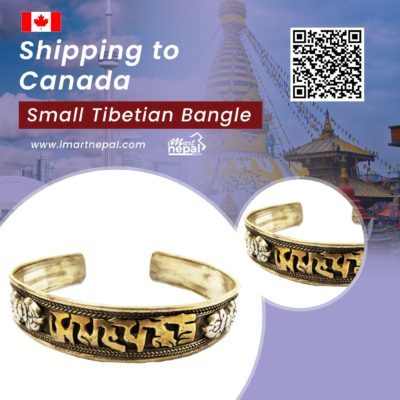
Similar Posts
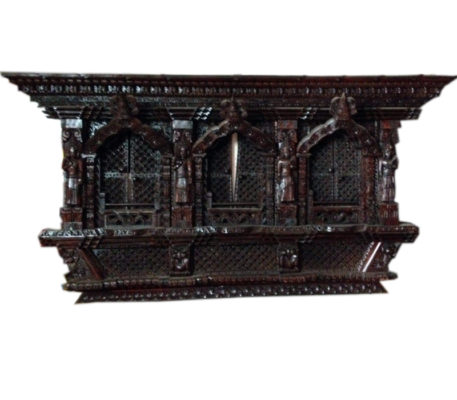
Woodcraft in Nepal – Religion, Art & Artisan
WoodCrafts in Nepal
One of the reason tourists visits Kathmandu is the breathtaking architecture of medieval palaces and temples in three traditional Durbar squares located in three different cities Kathmandu, Bhaktapur, and Lalitpur. These three culturally distinctive piazzas contain wooden and brick temples, so delicately designed and elegantly morphed together.
Legend has it that the name of the city, Kathmandu is derived from the Kasthamandap, the oldest known wooden temple built during Lichhavi, which was then formed by two words, Kastha means wood (a chief material from which a temple is made) and mandon ( temple or an edifice).
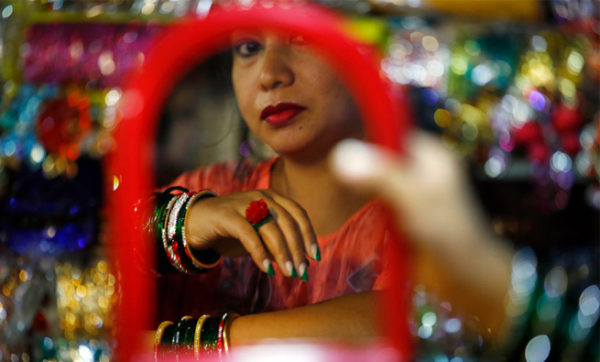
Sales of Festival Items Soar During Holy Month

With the start of the holy month of Shrawan, Kathmandu’s streets are swarming with excited women and girls buying green and yellow bangles, materials to apply henna tattoo and beads. Devotees mark the sacred month by wearing special clothes and adorning their bodies, and sales of festival paraphernalia soar this time of the year. “We see the highest sales during the start of the festive season in Shrawan,” said Alsha Prajapati, a cosmetics shop owner at Asan. “More than 40 percent of our annual sales happen during the months of Shrawan, Bhadra and Ashwin.” According to Prajapati, prices of glass bangles range from Rs30 per dozen to Rs.300 per dozen while metal bangles cost from Rs.150 per dozen to Rs.1,000 per dozen.
Get To Know Hindusm | Hindu God & Goddess List
Hindu God and Goddess
Hinduism, often regarded as the oldest religion on the earth has myriad form of the god and goddess. The supreme being, the one of all, the foundation, the formless, universal soul whatever be the word, it refers to the God in Hinduism. The wonderful aspects to discuss here is that in Hindu religion the number of god is not definite to any limits, although the Rigveda tells that there are 33 gods, various forms and incarnation can be found.

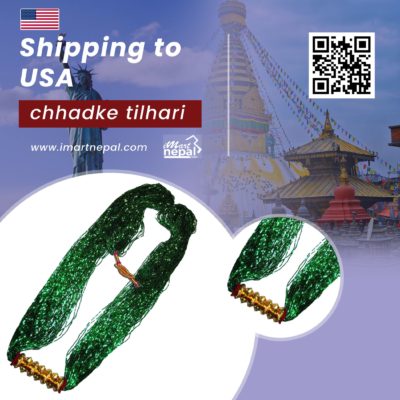
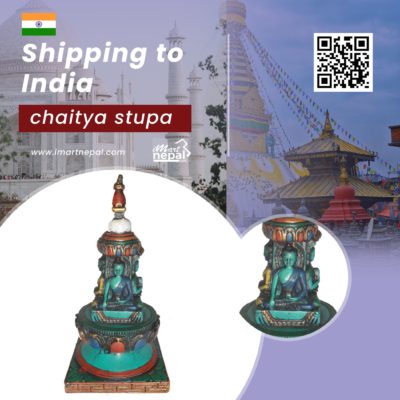
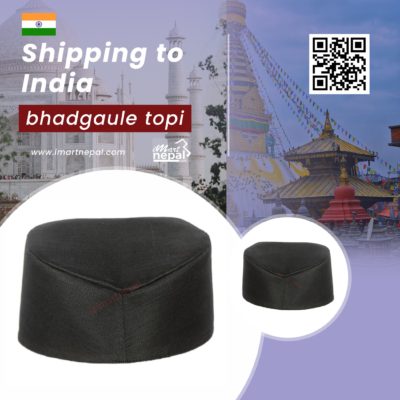
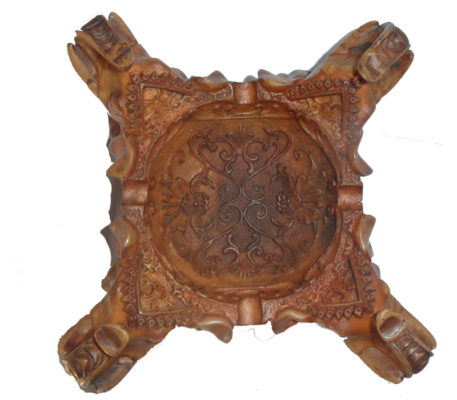 4-elephant-headed-ash-tray
4-elephant-headed-ash-tray  test product
test product